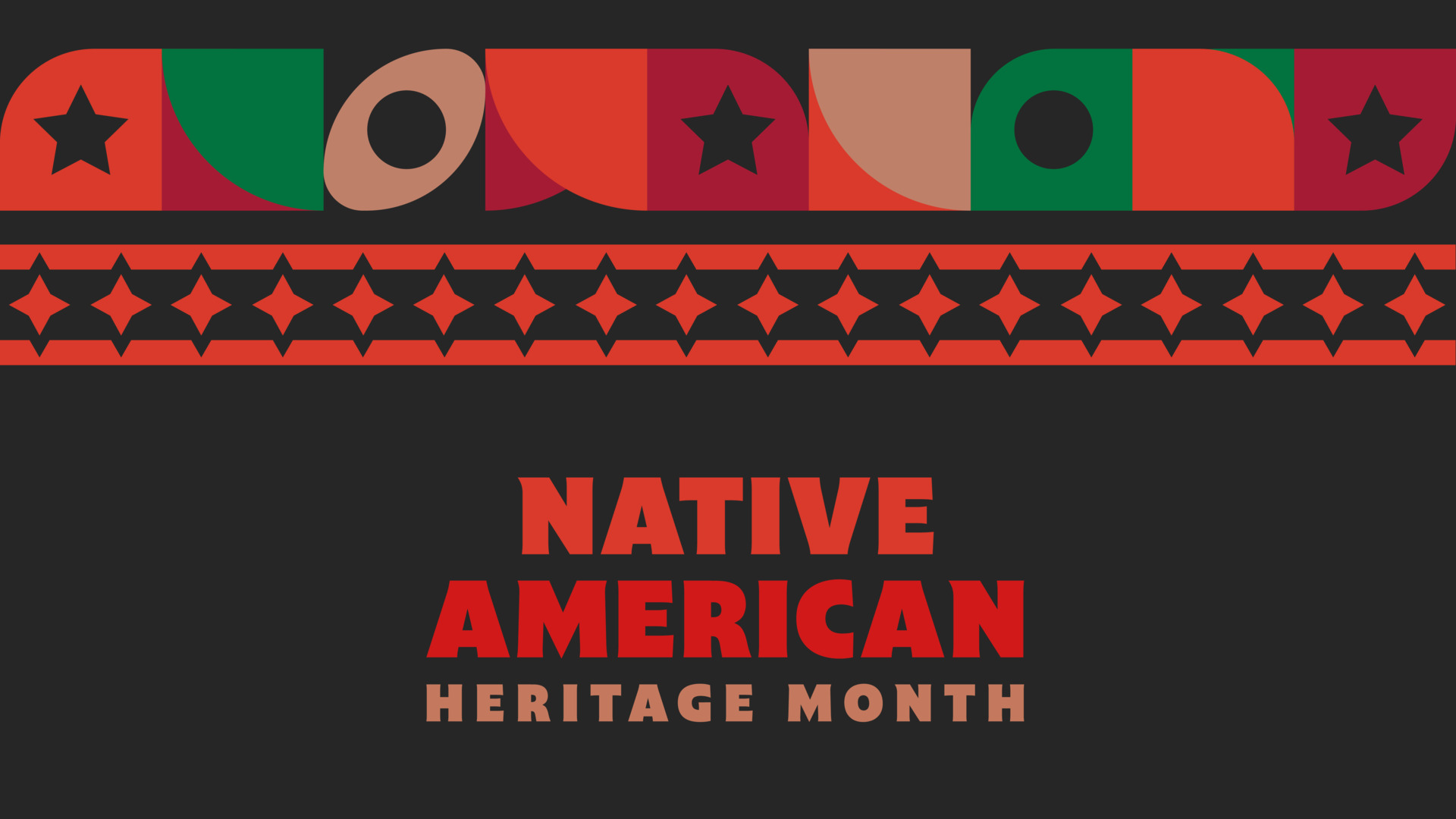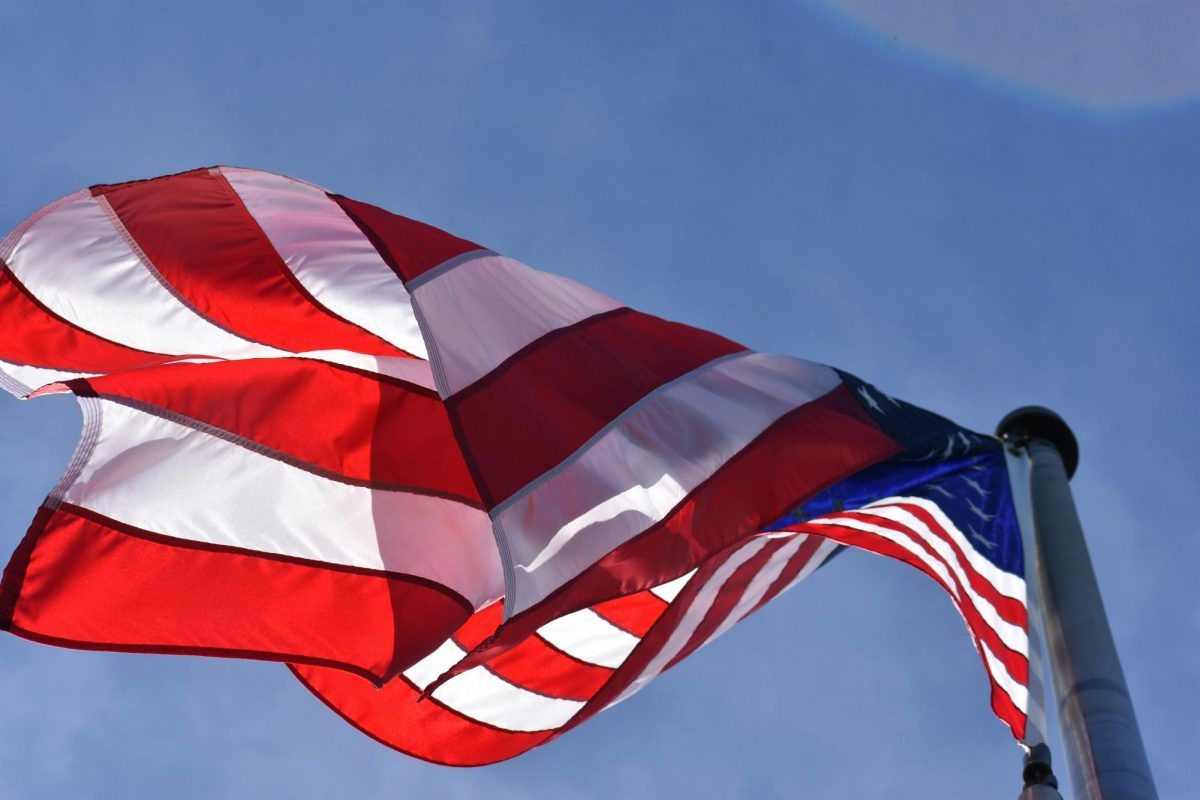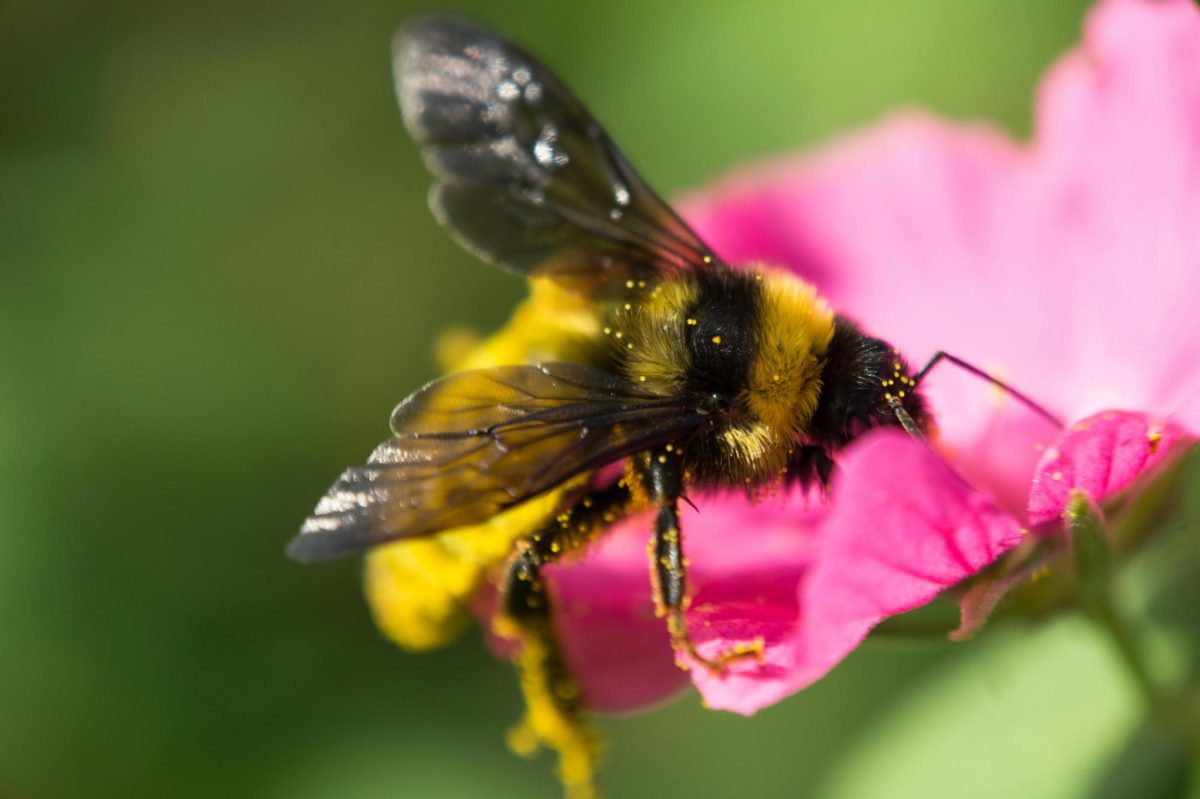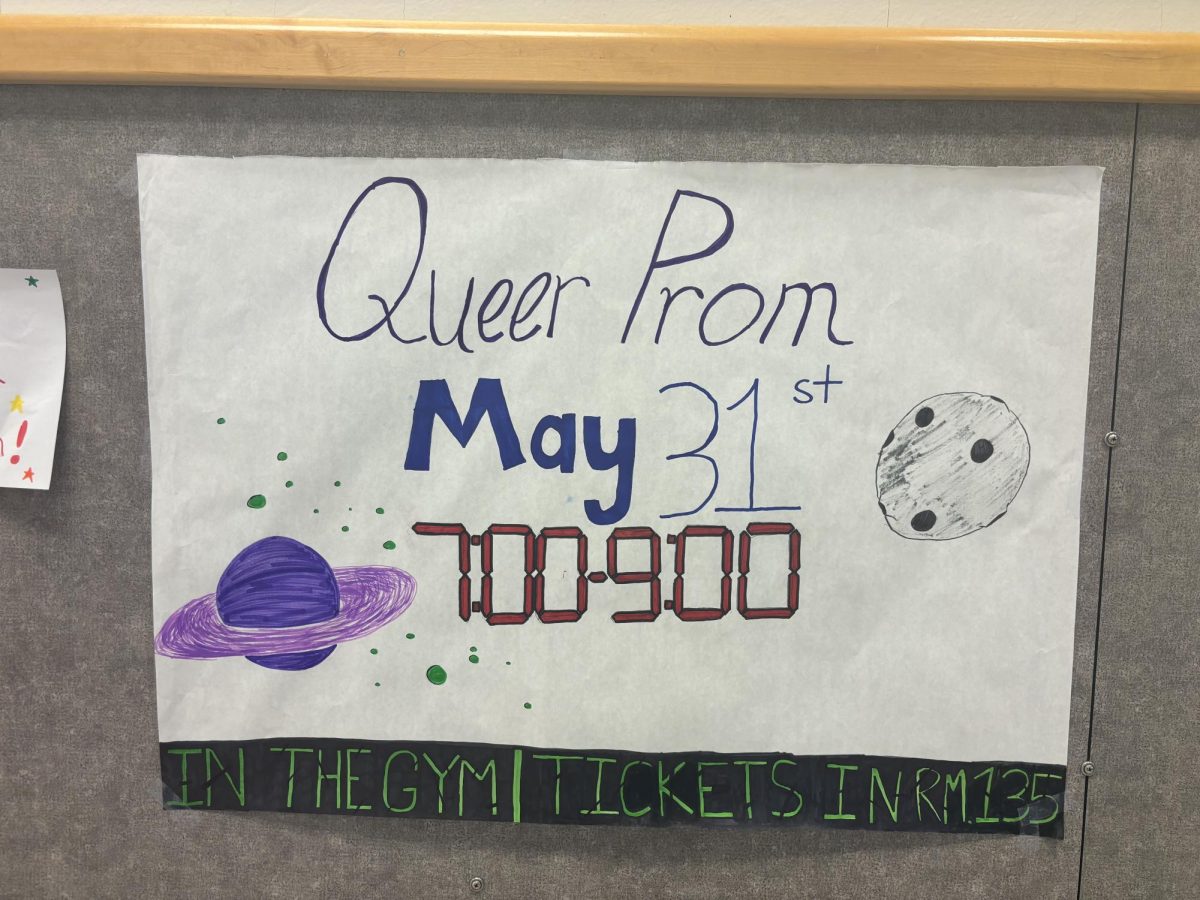Land Acknowledgements: We acknowledge that Whatcom County is located on the unceded territory of the Coast Salish Peoples. We express our deepest gratitude for our Indigenous neighbors, Lummi Nation and Nooksack Tribe, for teaching us how to take care of this land that we share.
Native American Heritage Month is a very special month to many people nationally. During November 1st to the 30th, we celebrate the Native American people and the rich culture and traditions they bring along with them, but we also acknowledging the horrific things Native Americans have had to endure throughout the history of the United States. This is a time to learn, appreciate, admire, and take in Native American culture.
History Of Native American People
The history of Native Americans had begun long ago, much before the establishment of the United States as a nation. This is estimated to be around 12,000 years ago- when Paleo-Indians had walked on the ‘land bridge’, from Asia to what is now known as Alaska.
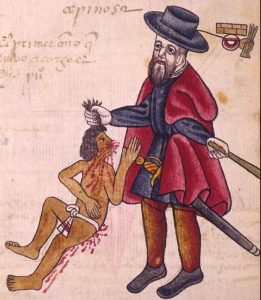
When Christopher Columbus and the other White Settlers arrived at the Native American people’s lands, life became very rough for the Native Americans. The settlers brought diseases that killed and severely harmed the majority of the population of many tribes. Christopher Columbus also implemented the Encomienda system, in which white settlers were granted the legal right to extract Native tribal chiefs and take them in as their own personal slaves. Under this system a white slave owner would be called the ‘Ecomendro’ (See Photo 1). Indigenous Americans were also taken advantage of, as the White Settlers often used them for resources and power.
There are so many other events, such as the Native American Boarding Schools, in which Native American kids were stolen and taught United States history by the government, rather their own, as a way to further control the Native American peoples and slowly erase their culture. This process is also known as Assimilation (defined as: adapting to one culture, whilst losing the other/original culture, in this case Native American/Indigenous Culture).
The worst part about this is that Christopher Columbus was often praised for his “discovery of the Americas,” when in fact the Native American peoples had already been living there since time immemorial. Columbus’s actions were also often swept under the rug in history, and the Native American people were painted as “violent” and “aggressive” towards the White settlers, when that wasn’t the case the majority of the time.
Native American People in Bellingham
There are many diverse Native American cultures in Bellingham like the Lummi Nation and Nooksack Tribe. Although we cannot fit everything into here, Pacific Northwest indigenous culture is woven into the very fabric of Bellingham. The Native American people passed on their wisdom on how to take care of local nature, like our salmon. They also created totem poles, which can be found in one or two museums around town. Our school even has a mural by the Multicultural Center created by an Indigenous artist, Jason LaClair, which shows off his Native American heritage and culture in all of its beauty. (See Photo 2)
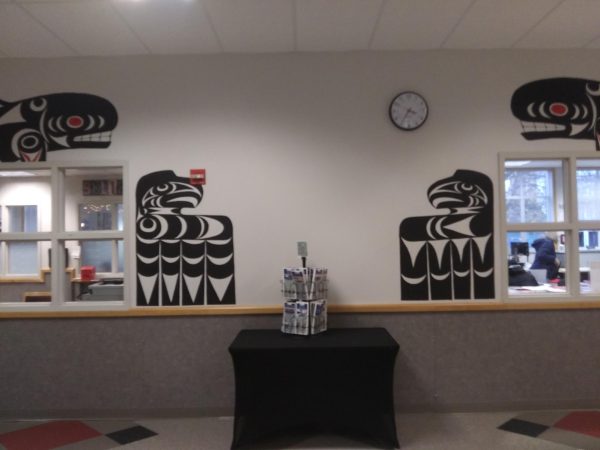
So, why is Native American Heritage Month Important?
Native American Heritage month is important because it gives the time and space to appreciate and learn more about these people who were silenced in American history. This month is not only for the history and culture, but also to uplift the Native American voices, that are often silenced and diminished by others. We, as people on Coast Salish people land, should do our best to educate ourselves about this, and listen to the Native American people when they speak, as they are the ones who know best.

